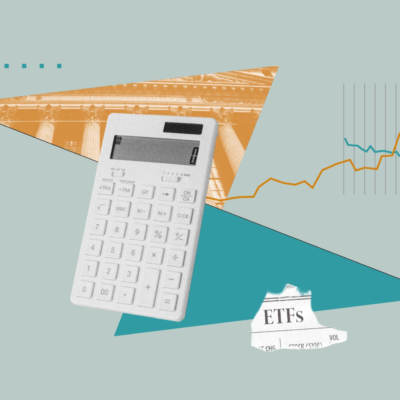The German sustainable fund market experienced sluggish growth in Q2 2024, with total assets managed in funds with sustainability features remaining largely unchanged, according to BVI, the German funds association.
Retail funds under Articles 8 and 9 of the EU Sustainable Finance Disclosure Regulation saw a slight increase in assets from €728 billion to €732 billion, while ‘Spezialfonds’ – German fund structures for institutional investors –with sustainability features maintained assets at €250 billion. This resulted in a marginal decrease in market share for sustainable funds due to stronger growth in Article 6 funds.
One key factor behind the slower growth was the significant decline in new business for retail funds with sustainability features, which recorded net outflows of €4.5 billion. In contrast, Article 6 funds saw substantial net inflows of €12.3 billion. Spezialfonds, regardless of their sustainability status, managed to achieve positive new business during the same period.
German fund industry grows over €4,300 billion AuM
Despite performing well in absolute terms, retail funds with sustainability features underperformed relative to the broader market. For instance, open-ended equity retail funds under Article 6 saw a 12.7% increase in share prices, while those with sustainability features only grew by 10.9%. This shortfall was particularly evident in global equity funds, the category with the highest assets under management.
Contrary to popular belief, the weaker performance of global equity funds with sustainability features is not primarily due to underweighting energy or defence companies. Instead, the strategic positioning of investors and portfolio managers in active funds played a significant role. German investors tended to hold funds that invested less in high-growth, high-momentum technology stocks, such as those of Google, Facebook, and Nvidia, and more in companies with high dividend payments.
This investment strategy is partly driven by the nature of the funds themselves. For example, 23% of assets under management in Article 8 products are dedicated to dividend funds, compared to just 15% in Article 6 funds. Some portfolio managers have also chosen to limit exposure to large technology companies, anticipating a potential shift in market sentiment.





